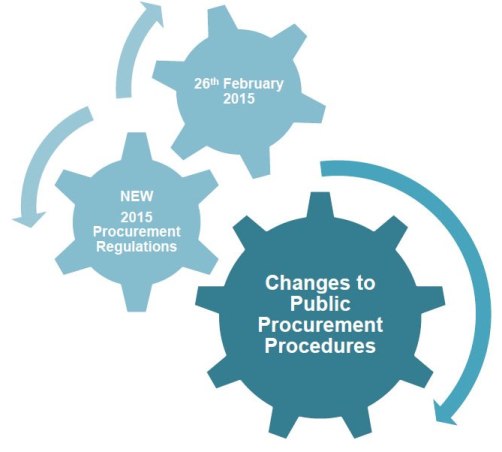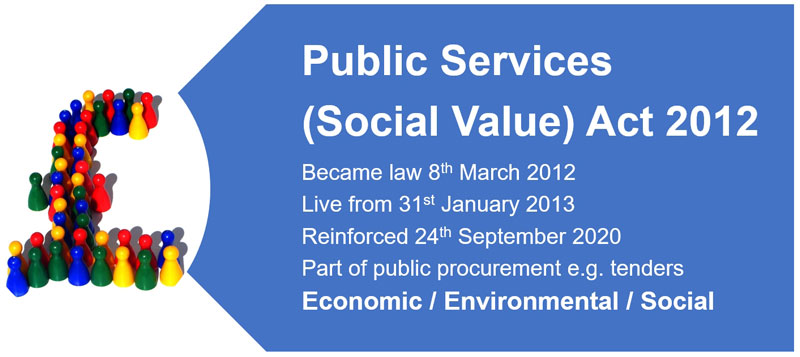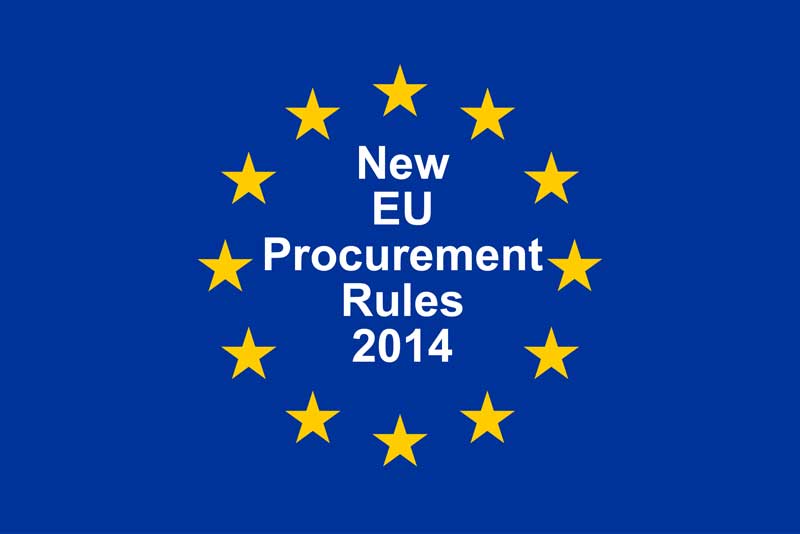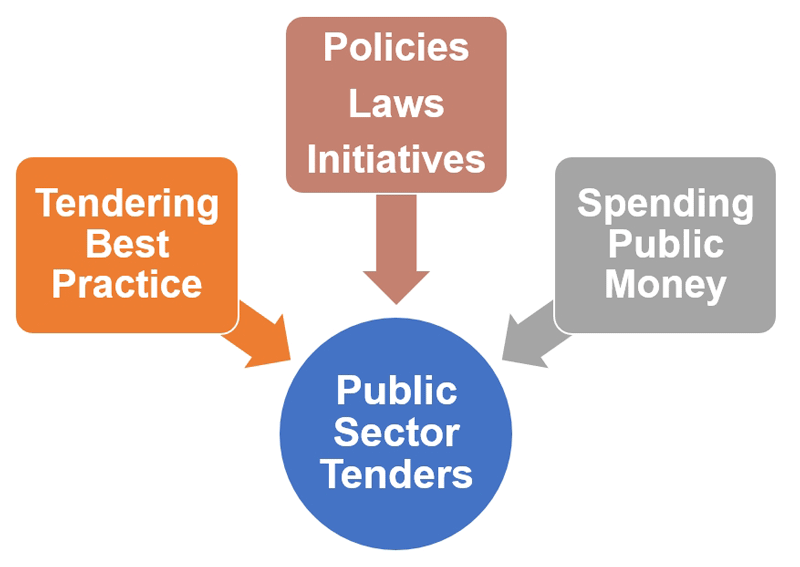2015 Procurement Regulations – How They Effect Tenders & PQQs
The new 2015 Procurement Regulations came into force on the 26th February 2015. They contain many changes that affect public sector tenders.

Government’s Aims
“For contracting authorities, this means being able to run procurement exercises faster, with less red tape, and more focus on getting the right supplier and the best tender.
“And for suppliers, the process of bidding for public contracts should be quicker, less costly, and less bureaucratic, enabling suppliers to compete more effectively.”
Guide to Main Changes in the 2015 Procurement Regulations
Here are the main changes relating to new 2015 Procurement Regulations.
Helping SMEs
Vince Cable set a target of 25% of public contracts to go to SMEs. The initiatives below are very helpful in that respect:
- Contracting authorities urged to break contracts into smaller lots to help SMEs take part.
- A cap on required turnover ratio to help smaller businesses take part in bidding. Authorities cannot set company turnover requirements at more than two-times contract value (except when justified).
The previous ‘turnover yardstick’ was that a contract should not represent more than around 30% of a bidder’s turnover. (But I’ve seen 10-20% at times!) So raising it to 50% is a big change. In light of this, our Fit to Tender Check-list has been updated.
…2015 Procurement Regulations – How They Effect Tenders & PQQsRead More »
2015 Procurement Regulations – How They Effect Tenders & PQQs Read More »




